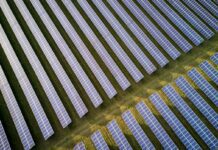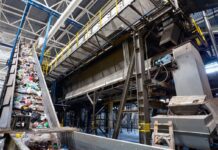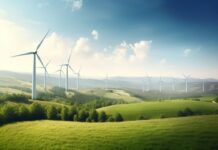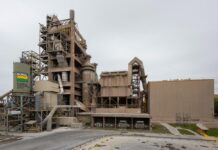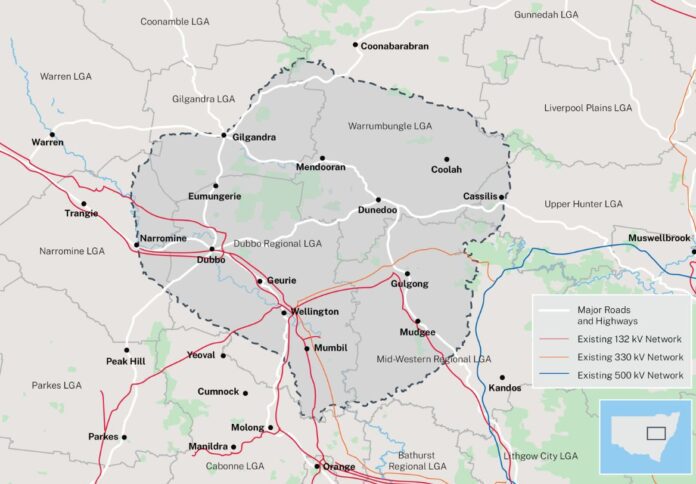
The New South Wales government has lodged an Environmental Impact Statement (EIS) for a transmission project that will connect the Central West Orana Renewable Energy Zone (REZ) to the electricity grid.
This marks a major milestone for the REZ— the first of its kind to reach this stage of development.
The EIS is the result of over two years of technical studies and community consultation, which includes a comprehensive assessment of potential impacts on visual amenities, agriculture, roads, noise, biodiversity, water resources, community infrastructure, and services such as housing supply and health services in the region.
“The lodgement of the Environmental Impact Statement demonstrates our commitment to ensuring NSW households, businesses and industry can access clean, affordable and reliable energy as coal-fired power stations retire,” said Minister for Energy Penny Sharpe.
“It shows the NSW Government is getting the roadmap to renewables back on track, so we can ensure there is enough renewable energy to replace aging coal-fired power stations.
Upon completion, the Central West Orana REZ will deliver at least 3 GW of transmitted electricity enough to power 1.4 million homes.
The zone’s completion will bring NSW significantly closer to the target of replacing 12 GW of renewable energy generation and 2GW of long-duration storage by 2030.
The transmission and generation projects in the Central West Orana REZ will deliver up to $10 billion in private investment to the region and create around 5,000 jobs at the peak of the construction, the NSW government said in a media release.
The Department of Planning and Environment will publicly exhibit the Environmental Impact Statement from 28 September to 26 October. EnergyCo will host information sessions to provide more information about the statement.
Stakeholders are encouraged to provide feedback via the NSW Planning Portal before the Department of Planning and Environment makes a determination.



